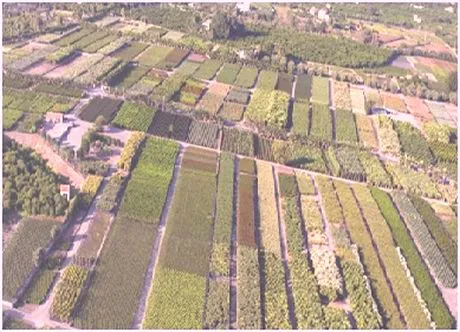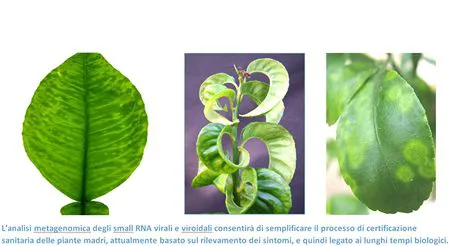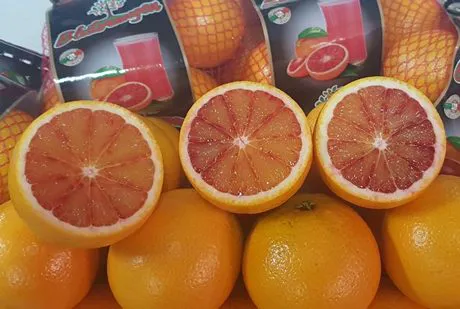The preparatory meeting to set up GOI, the operational group for innovation in the citrus nursery field, was held in the past few days in Giarre (CT). The group's objective is to strengthen the nursery sector and improve the competitiveness of the entire citrus fruit chain thanks to technologies than enable the assessment of the phytosanitary status and plant traceability, thus ensuring the best standards and homogeneous production. The innovations in question were developed by the IT-Citrus Genomics and Qualitrace projects, coordinated respectively by Parco Scientifico e Tecnologico della Sicilia (PSTS) and CREA-OFA Acireale.

Representatives from the Technical Assistance and Agricultural Extension Service, Regional Phytosanitary Service, Regional Department for Rural Development and Mediterranean Fishing, Goi-Vivaismo agrumicolo, Consorzio di Tutela Arancia Rossa and Consorzio di Tutela Limone dell'Etna took part together with agronomists and technicians.
"The current transfer of recent procedure innovations based on new genome sequencing technologies (NGS or HTS) will make it possible to add value to a product - blood oranges - appreciated all over the world, so much so that it is increasingly being counterfeited and imitated," explained Antonino Catara, PSTS manager of the IT-Citrus Genomics project.
"Thanks to the NGS technology, we sequenced the genomes of the sweetest orange clones available as well as of citrus viruses and viroids. In addition, highly-reliable genetic and health certifications of the propagation material were created as well as procedures for the traceability of plants and juices. As for phytosanitary certification, sequencing and the bioinformatic analysis of millions of small RNA of viral and viroid origin enable quicker and extensive protocols to check the propagation material."
The technology has already been experimented on a large scale in New Zealand and Canada and could "replace bio-assay tests" for all vegetable materials, as results would sometimes come only after 10-12 months (source: EPPO, see FP). The comparison of the small RNA extracted with citrus virus and viroid genome profiles enabled the checking of numerous virus and viroids in known and field samples."
Results were illustrated by Parco Scientifico and Agrobiotech at the 24th Congresso Nazionale della Società Italiana di Patologia vegetale (Ancona, 2018). Click here to enlarge
Click here to enlarge
"The sequencing of the entire genome of the main citrus fruit species led to the re-sequencing of 20 commercial types, including 10 clones of blood varieties. It also made it possible to genetically trace plants and juices. The result can provide better guarantees to all operators part of the chain, so much so that the entire international citrus fruit world was interested in the projects being presented at the Congress of the International Citrus Fruit Cultivation Society held in Uruguay," illustrated Concetta Licciardello, CREA-OFA researcher and part of the SIGA Board of Directors.
"The problem also affects fruit and vine cultivation, so much so that numerous geneticists, nursery gardeners and producer associations are committed to simplifying the genetic and health certification and patent safeguarding processes," added Marco Caruso, CREA-OFA researcher.

Rosario D'Anna, manager of the Regional Phytosanitary Service, stresses that "the certification system for citrus fruit is among the most efficient, as all primary source plants are periodically checked in accordance with protocols. All operators must comply with them. In addition, the phytosanitary regulation is currently being revised to simplify procedures and fulfilment."
CREA Director Paolo Rapisarda and Scientific Park President, Giuseppe Scuderi, assured us that both organisations are committed to obtaining results in the shortest time possible to contribute to the development of the production areas and of the sector.
